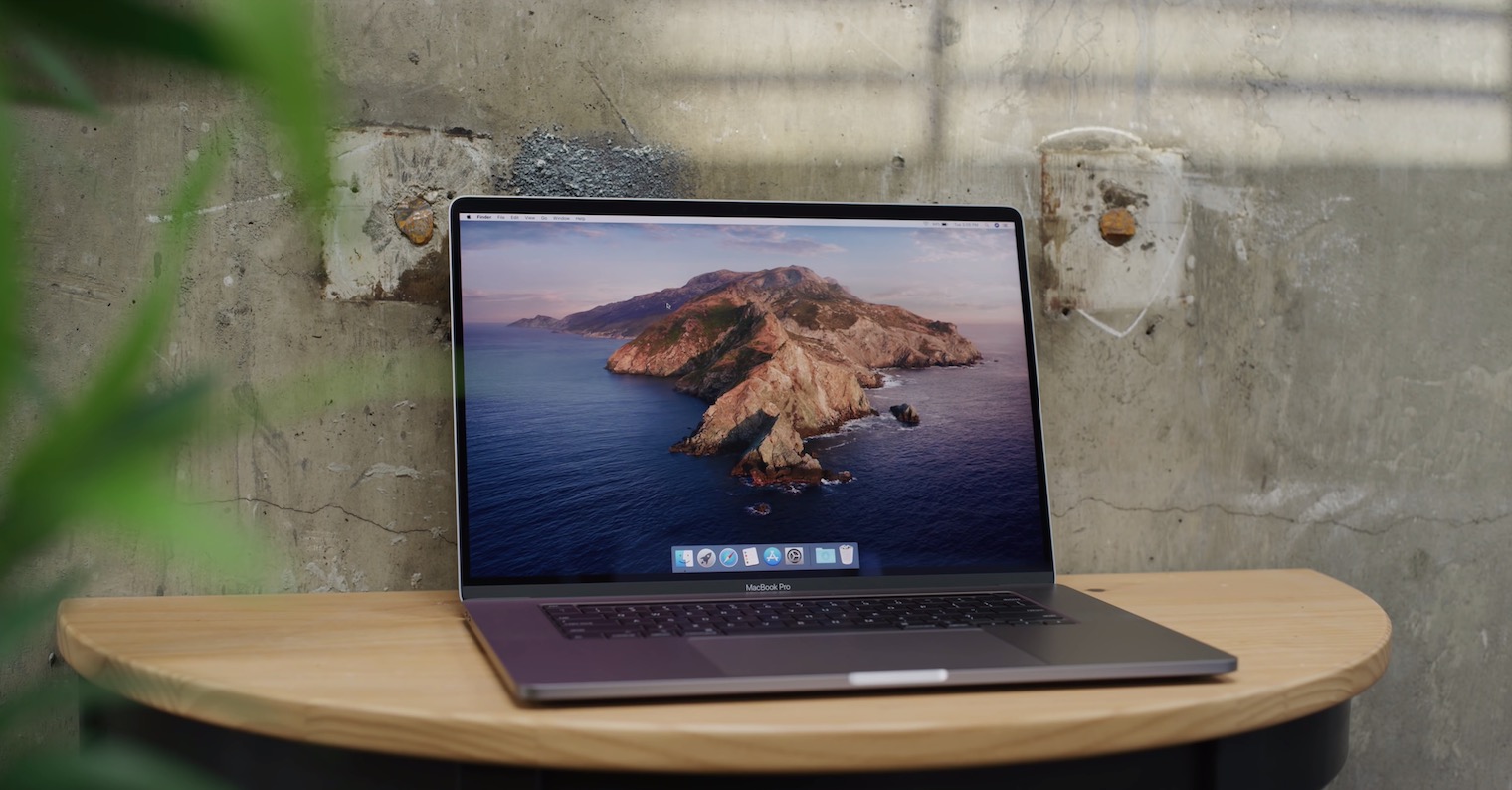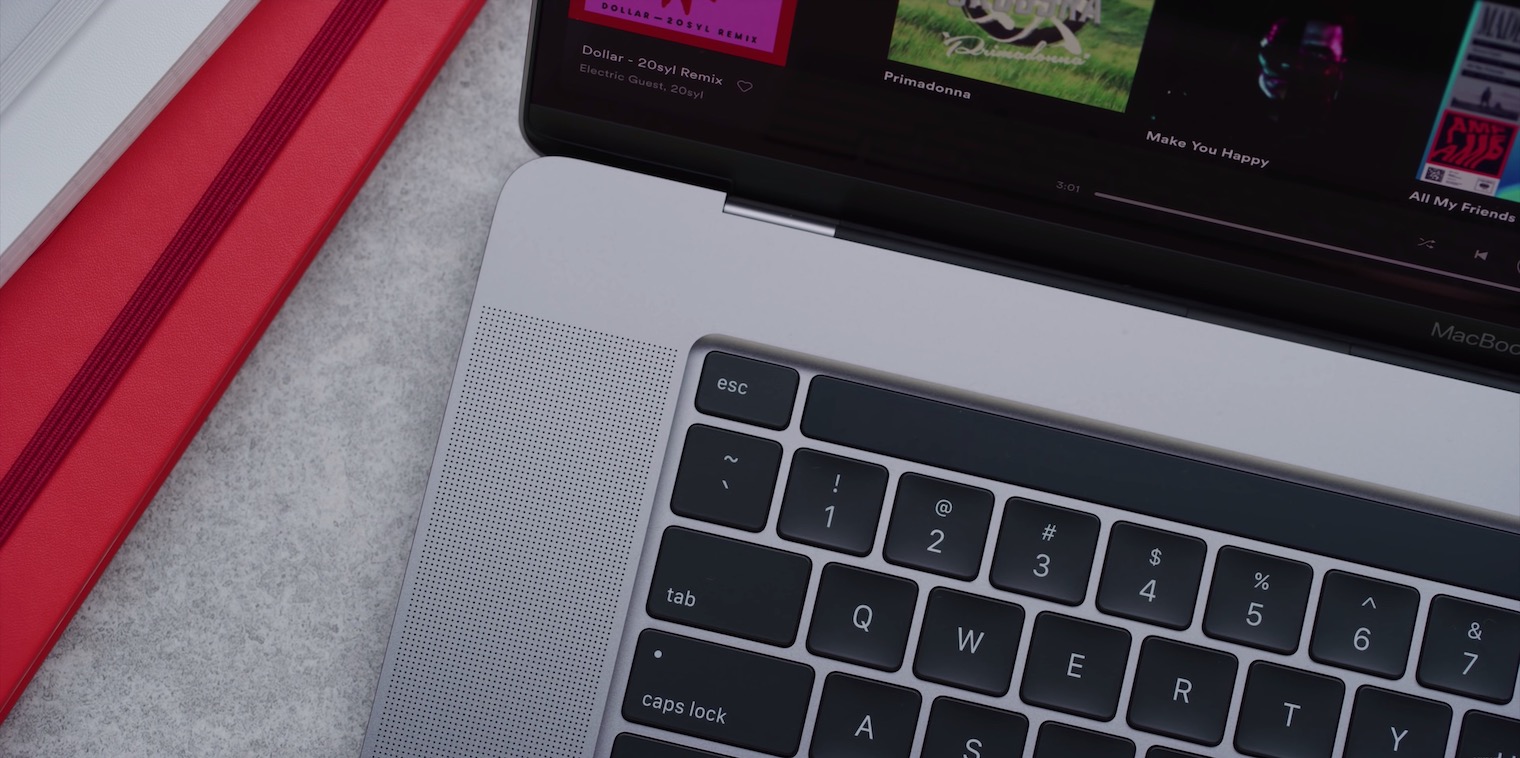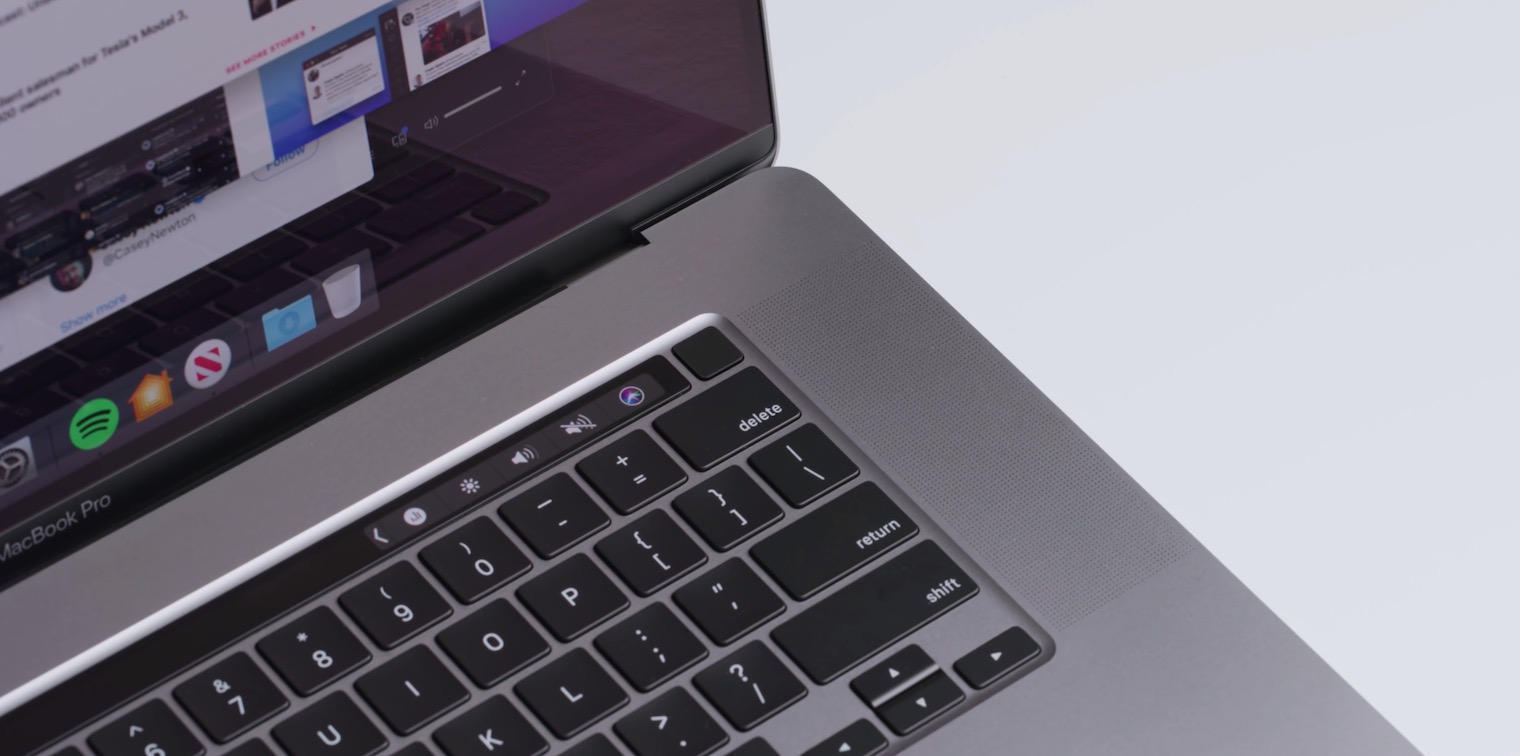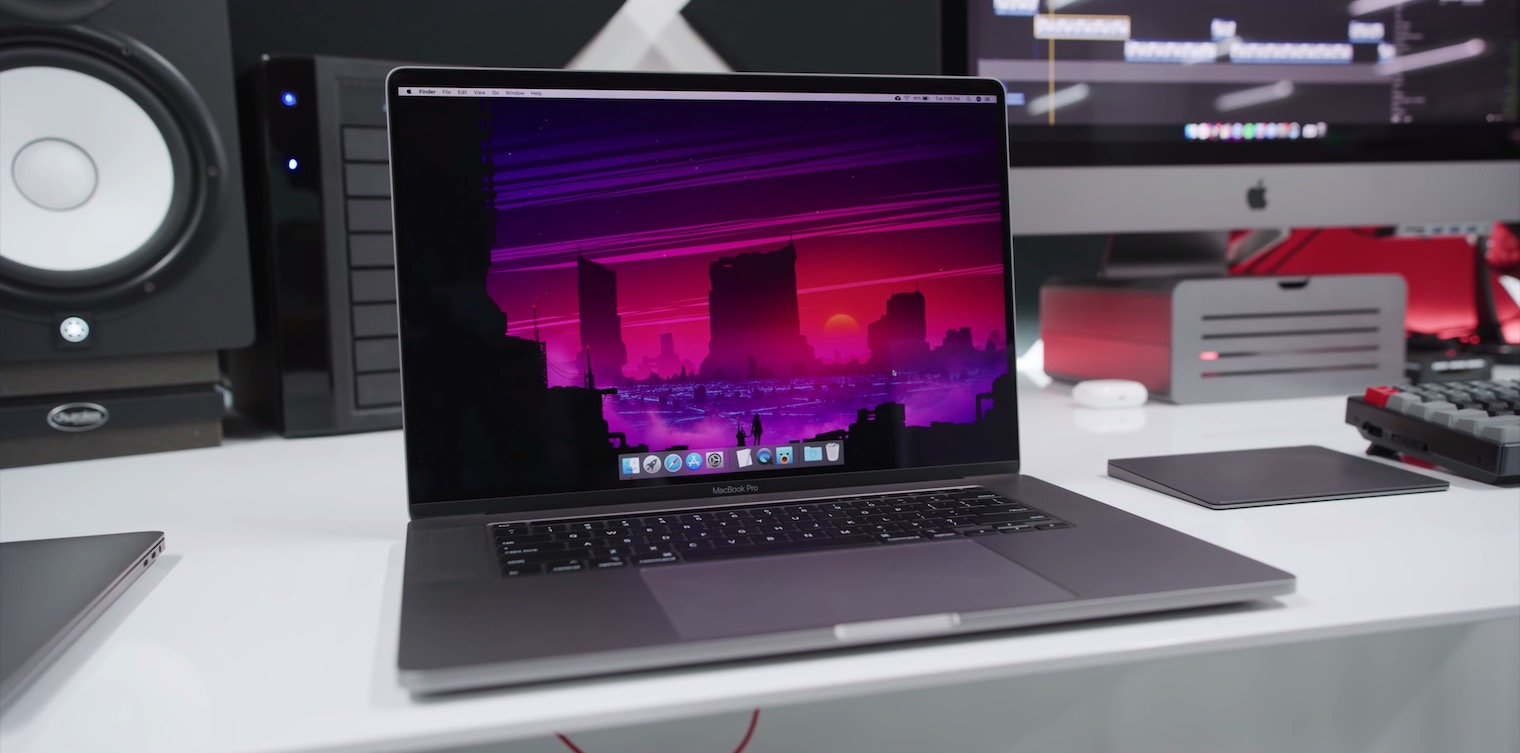In the last few years, MacBooks have suffered from a very unpleasant ailment that affected practically the entire product range – from the 12″ MacBook, through the Pro models (since 2016) to the new Air. It was a problem of very undersized cooling, which sometimes significantly reduced the performance of the device as such.
This problem was most noticeable with the 15″ MacBook Pro, which Apple offered with the most powerful components, but which the cooling system could not cool. It got so far that it was basically not worth buying the most expensive and most powerful variant of the processor, because the chip was not able to run at the specified frequencies during longer loads, and sometimes underclocking occurred, after which the processor was as powerful as its cheaper alternative in the end. As soon as dedicated graphics started using cooling, the situation was even worse.
This is exactly what Apple wanted to change with the 16″ novelty, and it seems, for the most part, it succeeded. The first 16″ MacBook Pros arrived to their owners already at the end of last week, so there are quite a few tests on the web that focus on the efficiency of the cooling system.
Apple states in the official materials that the cooling has undergone a major overhaul. The size of the cooling heatpipes has changed (35% larger) and the size of the fans has also increased, which can now dissipate more heat faster. In the end, the changes are reflected in practice in a relatively fundamental way.
Compared to the results of the 15″ models (which have identical processors), the novelty performs much better. During the long-term stress test, the processors of both models reach a very high temperature of around 100 degrees, but the processor of the 15″ model reaches frequencies of around 3 GHz in this mode, while the processor of the 16″ model clocks up to 3,35 GHz.
It could be interest you
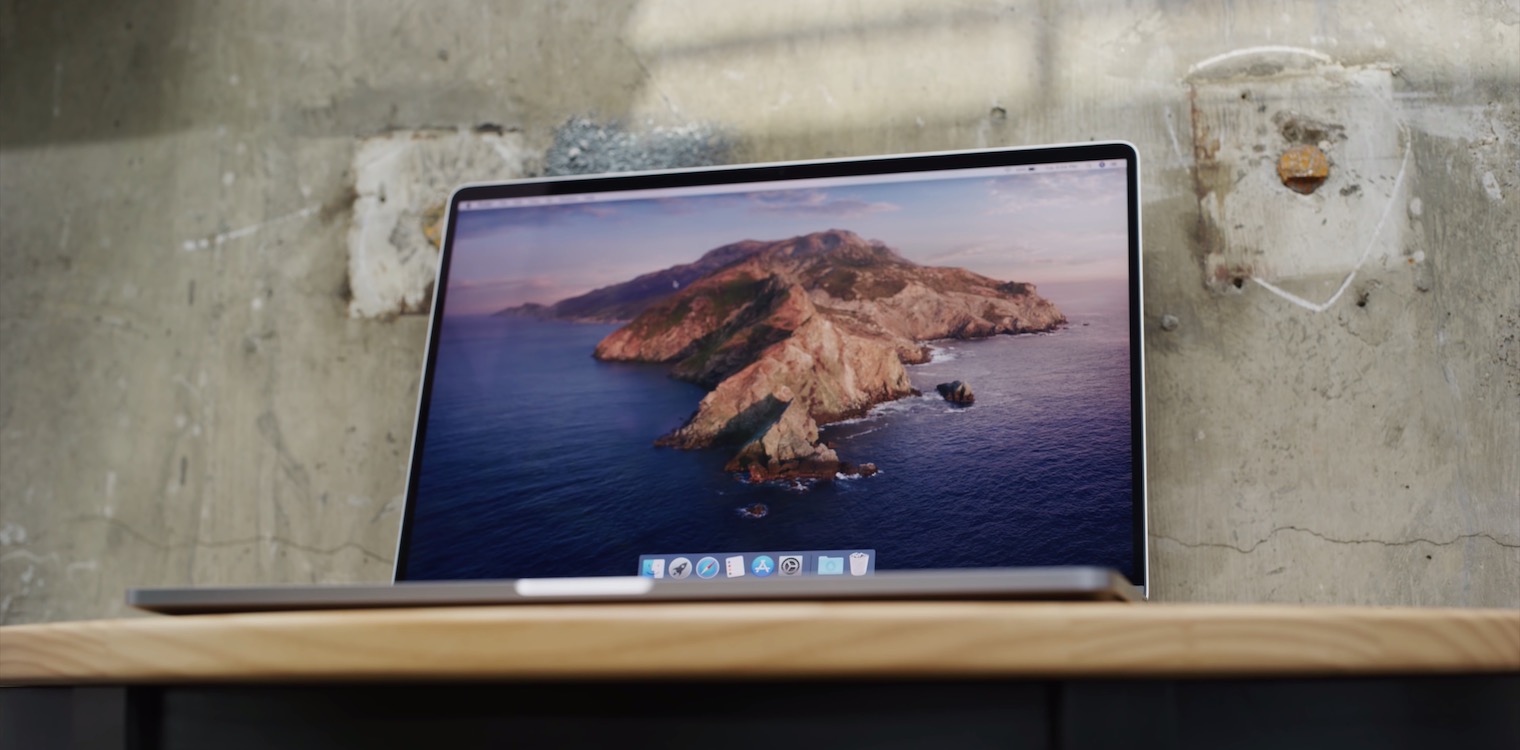
A similar performance difference can be seen, for example, in repeated tests of the Geekbench benchmark. The increase in maximum performance is noticeable in both single-threaded and multi-threaded tasks. Under shock load, the 16″ MacBook Pro can maintain the maximum Turbo frequency for a longer period of time before the thermoregulation system intervenes. Completely no throttling is still not a novelty, but thanks to improved cooling, the processors can be used much more efficiently.


